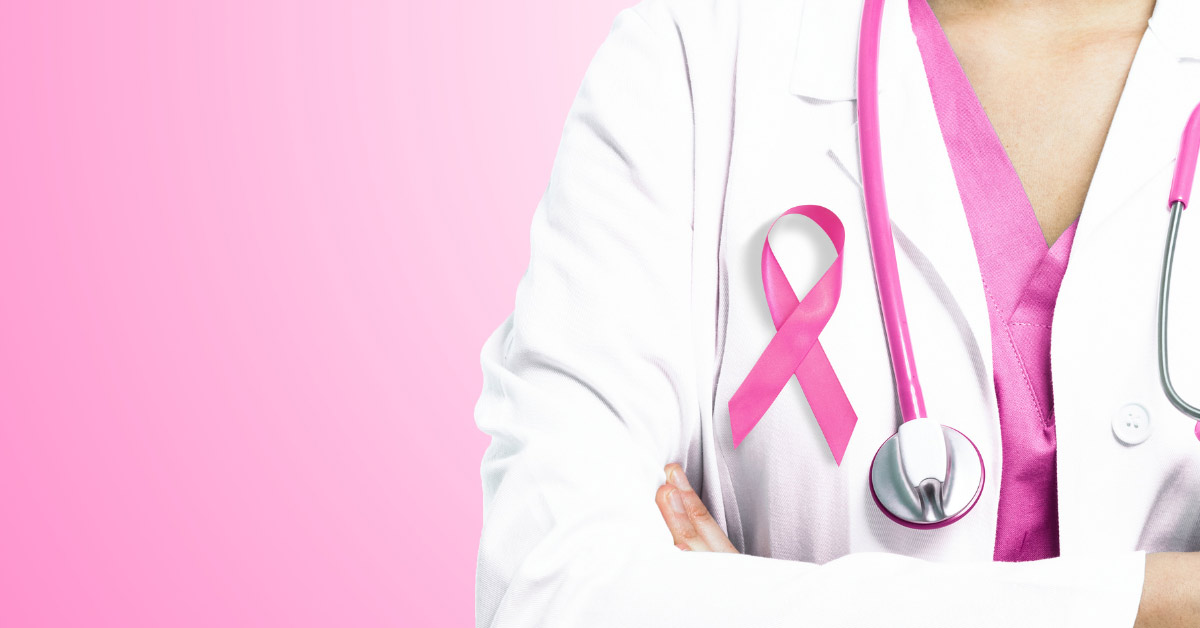When cells in one’s breasts begin to grow abnormally and uncontrollably, the disease is called breast cancer, a leading cause of cancer in women all over the world. Approximately 1 in every 8 women worldwide is expected to develop breast cancer during her lifetime. Only 1% of breast cancer patients are biologically male.
Although exact countrywide statistics are not presently available to us, it is clear from hospital data that the number of breast cancer patients in Bangladesh is increasing on a yearly basis. There are numerous reasons for the increased number of breast cancer incidences in Bangladesh. Thanks to wider availability of common diagnostic facilities, we are seeing a higher number of breast cancer diagnoses.
Risk Factors for Breast Cancer
There are some risk factors which may be managed in order to avoid breast cancer. Men and women who heavily drink alcohol are both at greater risk of developing breast cancer. Women who are physically inactive are more likely to develop breast cancer, as are overweight and obese women, particularly after menopause. Also after menopause, if a woman has been taking hormone replacement therapy for a long period of time, the risk of breast cancer is higher.
A woman’s reproductive history might also pose a significant risk factor for breast cancer. If she has been taking certain contraceptive pills for a long time, bore a child after 30 years of age, is intentionally childless, or did not breastfeed any children she bore, she is at greater risk of breast cancer.
Besides these, there are some risk factors which, unfortunately, cannot be changed. Being a woman, especially one older than 50 years, is the biggest risk factor for breast cancer development (and in fact, most cases of breast cancer are found in women over the age of 50). Genetic mutations, inherited changes to certain genes such as BRCA 1 and BRCA, make breast cancer more likely for women at an earlier age when they are premenopausal.
Another risk factor we can not change is early age of starting menstrual cycle (i.e. before 9 years of age) and late menopause (i.e. menstruation till 55 years).
Symptoms of Breast Cancer
It’s important for any woman, and even men, to know the signs which might indicate the presence of breast cancer. Note that while different people have different symptoms, some may not have any symptoms at all.
Look for signs that your breasts might be afflicted by cancer. If one finds a new lump in the breast or armpit (axilla), experiences itching or swelling of part of the breast, notices irritation or dimpling of breast skin, experiences pain or notices redness or flaking of the nipple, observes that the size/shape of the breast has changed, or secretes any nipple discharge other than milk (such as blood), one might have breast cancer.
Breast Cancer Screening
During a breast cancer screening, a woman’s breasts are checked for cancer before there are signs or symptoms of the disease. During a screening, breast cancer is detected at an early stage to ensure that the cure rate can be high with the help of appropriate preventive treatments. As breast cancer incidence among Bangladeshi women is highest between the ages of 45 to 74 years, it is a good practice to do a screening mammogram test every 2 years.
How Breast Cancer is Diagnosed
The diagnosis of breast cancer can be undertaken in multiple ways. The following tests can help to detect breast cancer: breast ultrasonography, diagnostic mammogram, breast MRI (when and if needed), biopsy (core needle biopsy/open biopsy for histopathological diagnosis, and FNAC.
FNAC is used for cytological diagnosis and carried out if the lump size is very small, usually less than 1cm, making it impossible to use a biopsy needle. FNACs tests can give false negative results, in up to 15% of cases. Another disadvantage is that immunohistochemistry tests are usually not done from FNAC specimens.
Another way of diagnosing breast cancer is through immunohistochemistry (IHC). Carrying out IHC tests helps us to find out the type of cancer, oncologists can decide on the treatment options and the future of the patient can be predicted. IHC tests measure ER (Estrogen Receptor) status, PR (Progesterone Receptor) status, HER2 (Human Epidermal Receptor 2) status, Ki67 status, P53 status.
Treatment of Breast Cancer
After breast cancer has been detected, it can be treated in several ways. It depends on the type of breast cancer and on how far it has spread. People with breast cancer often get more than one kind of treatment. Treatment options for breast cancer include surgery, chemotherapy, radiotherapy, hormone therapy, targeted therapy, and immunotherapy.
How to Lower the Risk of Breast Cancer
Predicting the onset of breast cancer might be difficult. However, there are certain steps one can take in order to lower their risk of developing breast cancer. By maintaining a healthy weight, exercising regularly, abstaining from consuming alcohol or limiting alcohol intake, avoiding certain oral contraceptive pills, foregoing Hormone Replacement Therapy (HRT) and breastfeeding one’s child, one might hope to keep breast cancer at bay.

